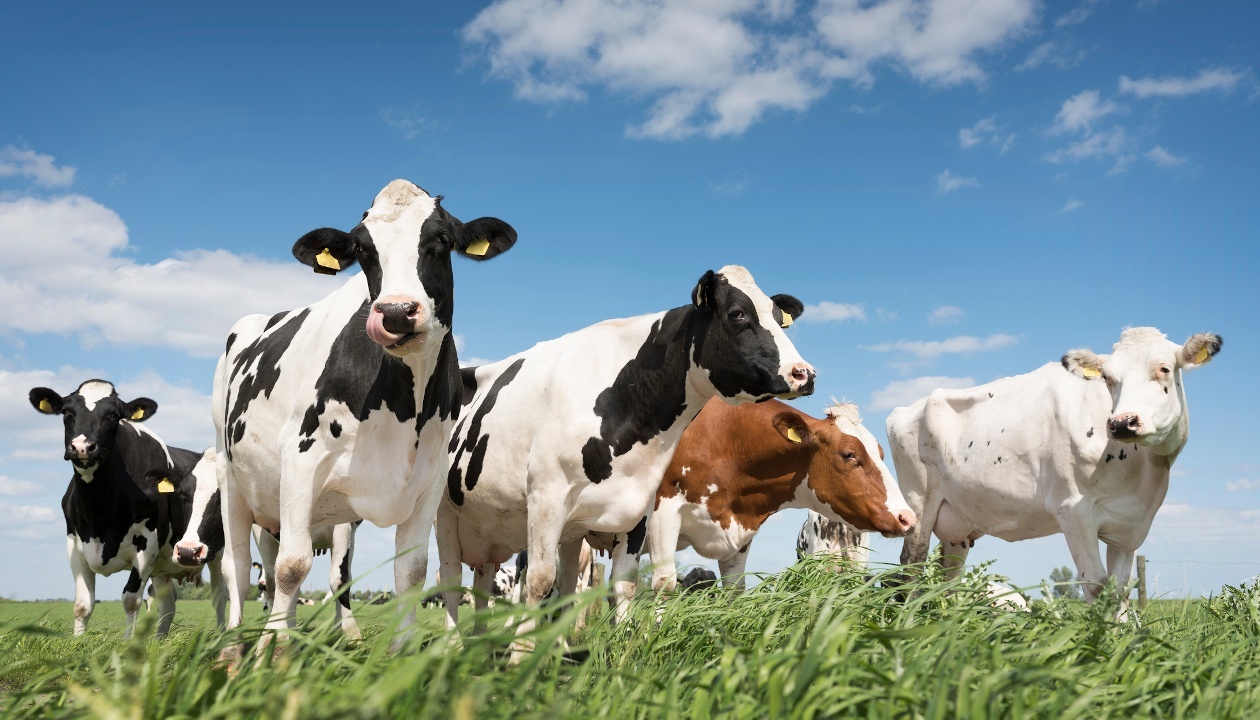Process piping systems are essential to many facets of modern life, from manufacturing products to ensuring vehicles have the fuel to keep moving. When these systems are built a team of engineers, process piping drafters, contractors and others work together to ensure the system is safe and efficient. Some systems even play a role in improving sustainability in innovative ways.
Seabreeze Farms is a case in point. In 2012 and 2015, Dual Mechanical Limited, a British Columbia mechanical construction company, received Gold awards from the Vancouver Regional Construction Association for their work on an anaerobic digestions system at Seabreeze Farms. This system converted organic waste from the farm into energy to power people’s homes. Here is more information about how process piping played a role in the award-winning project.
Seabreeze Farms Project Overview
The development of the Seabreeze Farms project, which is located in Delta, British Columbia, to process organic waste and cow manure and transform it into clean bio gas took place over a number of years. A feasibility study was first done in 2010. After that a team of contractors developed the system, including the process piping drafting, for anaerobic digestion. Operation started in 2015.
Essentially, Seabreeze Farms has about 275 cows and wanted a way to process their waste along with another 12,000 tons per year of off-farm organics. The anaerobic digestion system in place now produces methane gas, which is cleaned and sold to FortisBC and then delivered to residences in the Vancouver area. The project literally turned farm waste into clean energy for the city.
Process Piping Training and Collaboration
In order for the Seabreeze project to come together, Dual Mechanical Ltd and CH Four Biogas had to collaborate. The system had to connect the digester tank, hydrolyzer and liquids tank and then deliver the gas. Throughout construction there had to be extensive communication between teams to make sure all parts of the system were approved by the Canadian Standards Association (CSA).

Your hands-on experience will have you ready to collaborate on different types of projects
Similarly, collaboration is an integral part of the journey through process piping training. The project manager of Dual Mechanical Ltd. said even though this project was still essentially just a pipe job, it provided new and challenging work. Indeed, the teams also worked together following the completion of the project to test the system’s efficiency. Pipes had to be replaced and fittings were switched from copper to stainless steel because it was found that copper was not optimal for carrying methane.
Some Differences Between Natural Gas and Bio Gas Pipelines
Process piping drafting courses provide hands-on experience that allows students to connect to real-world projects like the Seabreeze Farms’ anaerobic digestion system. Your classroom knowledge can be applied to understand, for example, the ways in which a process piping system for bio gas and natural gas must operate differently.
One of the biggest differences is the regulations on how the gases may be conveyed to their destinations. Furthermore, natural gas piping can operate at a higher pressure than bio gas piping, which changes the way the pipe system will be drafted including how the vent system works as well as the types of switches that are required. Also, as noted above, the material of the pipes for bio gas must be considered. If you are interested in learning more you might want to join the engineering design technology community and get started in a fulfilling career.
Ready to make an investment in a brighter future?
Your career awaits.



